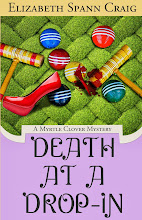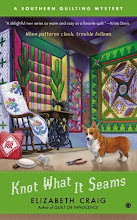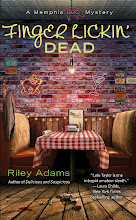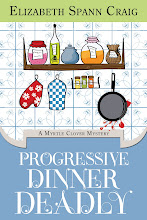‘Information dump’ is one of those terms that’s so descriptive, I could guess its meaning right away.
We can get information dumped on us as a reader in several different ways—in backstory (what happened before the story started), research (when an author is eager to share all the work he did with the reader…even when it’s not really necessary to the story), and even a descriptive dump about a character.
You know how it is…you’re writing and you’re probably trying to get this character clear in your mind and so you describe him. Ad nauseum. Here’s an info dump on Uriah Heep (pictured): He had orange, Tang-colored hair, a pointed chin, and a tall stature. His whole demeanor was suffocating and cloying in nature. His jerking, clumsy walk and repulsive manner was decidedly off-putting. He was tall and pale and his … blah, blah, blah.
The problem is that readers don’t really like to have a huge amount of information dumped on them all at one time. But gosh, it’s easy for us writers to pen it in. We’re trying to picture our character and want to recreate this picture for our readers.
At the same time, as a reader, I don’t like being introduced to a character and not have at least a general impression of him. Is he old or young? Is he educated? Attractive? What’s his relationship to the protagonist? If I can’t find out this information quickly, I start shuffling through the pages to try to find a description so I can at least have an idea who this guy is.
So…what can we do? What’s just the right amount of information and description and what’s the best way to share it with the reader?
The best method seems to be a combination of direct and indirect characterization. With direct characterization, you provide the reader with the information (this is the blond hair, blue eyes, devilish grin part.) Direct is the ‘telling’ approach. With indirect characterization, you let the reader draw their own conclusions: based on character dialogue, his internal musings shared with the reader, and other characters’ observations about him (the ‘showing approach.’ )
Showing is definitely the more time-consuming of the two, but I like it better. It’s a great way to mislead the reader, too—nice if you want to make them think a character should be admired and then later have the character’s true colors show.
How do you describe your characters?














